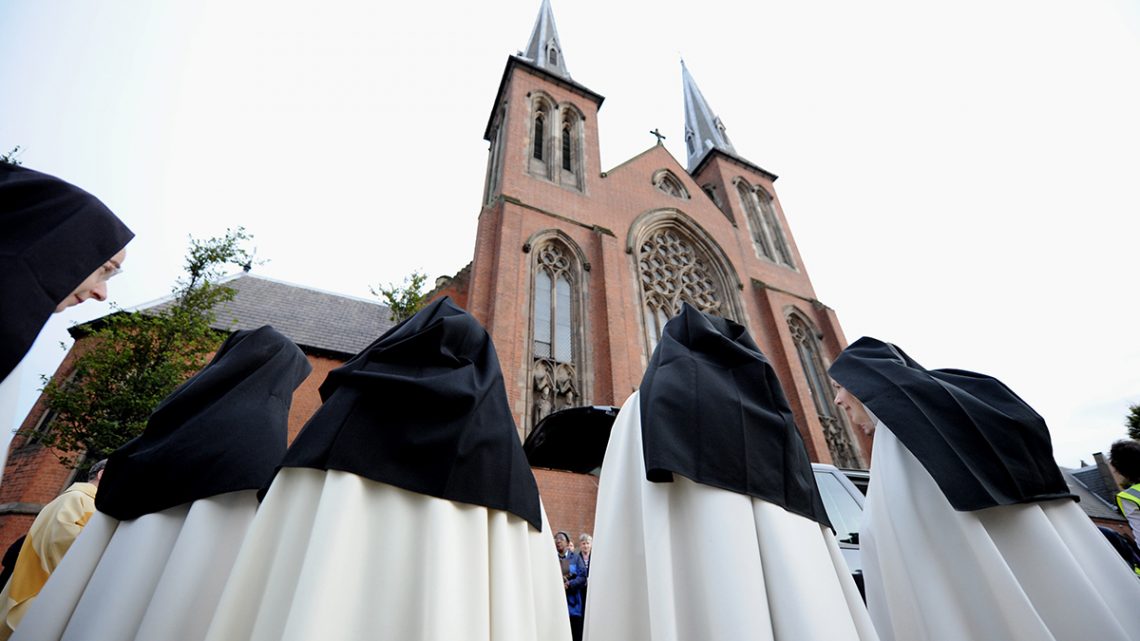St Chad's was the first Catholic cathedral erected in England after the English Reformation initiated in 1534 by King Henry VIII.

St Chad’s Cathedral was built at the behest of Bishop Thomas Walsh, the local apostolic vicar. St Chad’s Cathedral was designed by Augustus Welby Pugin, the foundation stone was laid in October 1839 and the building consecrated as a church on 21 June 1841.
The church was raised to the status of cathedral in 1850 by Pope Pius IX, when Catholic dioceses were re-established in England. The first Bishop of Birmingham was William Bernard Ullathorne OSB, whose monument is the Crypt of the Cathedral. In 1911 the diocese was elevated to an archdiocese.
The patron of the cathedral is St Chad, a 7th century Bishop of Mercia and pupil of St Aidan of Lindisfarne. The cathedral enshrines, in the canopy above the altar, the relics of some long bones of St Chad. These were originally enshrined at, and rescued from, Lichfield Cathedral by Prebendary Arthur Dudley.
The cathedral is situated in what was the Gunmakers Quarter of Birmingham. It was bombed on 22 November 1940. In 1941 St Chad’s was declared a Minor Basilica by Pope Pius XII as a church of important historical connections: only one of two such in England. On formal occasions, the tintinnabulum, a golden lattice bell tower and conopaeum, which is a small red and gold striped umbrella, are displayed at the altar steps as the official symbols of a basilica.
St Chad’s is one of Birmingham’s architectural and artistic gems and possesses a large collection of medieval furnishings and carvings collected by Pugin. Three of Pugin’s sons, Edward, Cuthbert and Peter Paul, also worked in the Cathedral. His grandson, Sebastian Pugin Powell, designed St Edward’s Chapel which was consecrated in 1933.